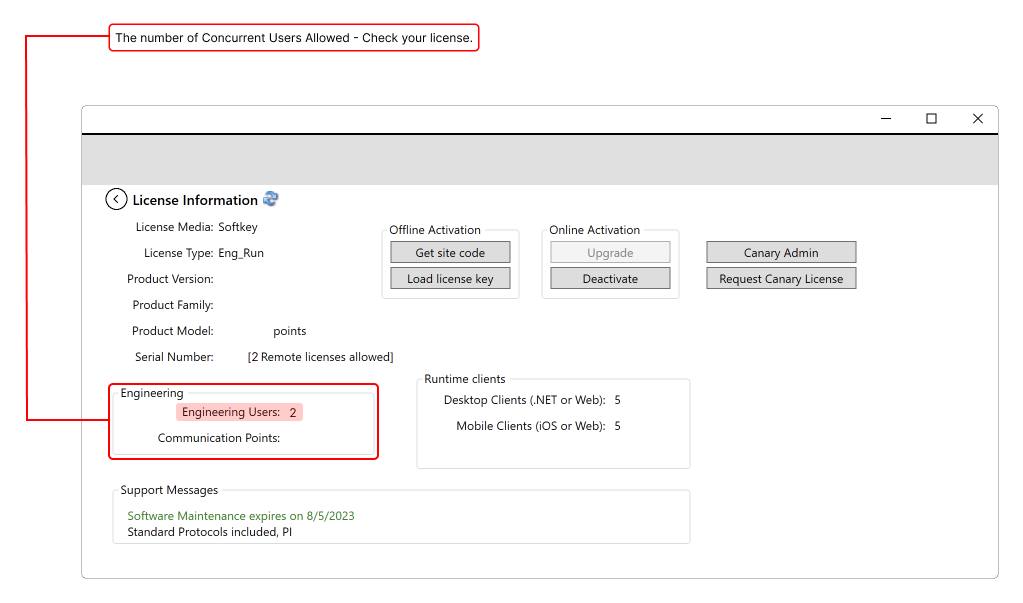Overview
The software platform provides several tools and features to support the development, deployment, and management of industrial automation solutions, ensuring productivity, collaboration, tracking, visibility, and end-to-end quality. Multi-User Collaborative Development refers to the feature that enables multiple users to work on the same solution simultaneously, allowing real-time collaboration and coordination between team members.
On this page:
| Table of Contents |
|---|
|
|
|
|
Multi-User Collaborative Development
The software platform provides several tools and components to support the development, deployment, and management of industrial automation solutions, ensuring productivity, collaboration, tracking, visibility, and end-to-end quality.
Benefits
Multi-User Collaborative Development is a tool for teams working on industrial automation and control systems, improving the development process's speed, quality, and efficiency.
Multi-User Collaborative Development
Engineering users can configure the server project by using workstations, which are Solution as workstations attached to the network , instead of having to work on the server itself. To use this feature on all computers connected to As long as the developers are on the same network, they can access their Solutions, the following configurations are required:
Work Faster
Speed up development by having a developers/engineers team working simultaneously in the same project — no need for merging or importing!
Work Safer
keeping the server safer by reducing the number of people who need to log into it.
This feature also allows developers to use Remote Engineering allows you to have developers utilize a central shared repository and edit a project Solution even when remote remotely (not logged into the project Solution server itself).As long as the developers are
- Improved Productivity: By allowing multiple users to work on the same
- Solution simultaneously, Multi-User Collaborative Development increases the speed and efficiency of the development process.
- Better Collaboration: Teams can work together more effectively and share information and ideas in real time, leading to improved teamwork and coordination.
- Enhanced Version Control: Version control capabilities make it easy to track changes, revert to previous versions, and merge changes made by different users.
- Increased Visibility: With Multi-User Collaborative Development, team members have a clear view of what others are working on and can better understand the Solution's status as a whole.
- Improved Quality: By allowing frequent testing and feedback, Multi-User Collaborative Development can lead to higher quality and more robust systems.
Requirements
The computers must have the software platform installed and licensed. To check if you match the requirements, follow the steps below.
Licensing Server Verification
1. Open the Solution Management screen and click Your License.
2. The Engineering Users field shows
To use this feature on all computers connected to the same network, the following configurations are required:
Server Licensing Verification
Open the Welcome Screen and go to theLicense tab. You should see a square box with information on the license.Under the Engineering Userfield, you will findthe amount of concurrent engineering users that are supported by the current license.
Setup the Project Server to Remote:Localhost
3. On the Solution Server interface (Solution Management → Find Solutions), set the Solution Server to http://localhost, instead of Local (Direct local file access, not using
ProjectSolution Server)
A Project cannot be| Info |
|---|
It is not possible to edit a solution locally and remotely at the same time |
. If this occurs, anyone |
who remotely connects to the |
Solution will view |
it as ReadOnly. |
| Info |
|---|
For multiple engineering users to edit the same projectSolution, the project Solution server must also be connected to itself. |
WebServer Service Verification
Check if the ProjectServer WebServer service is running on both local and remote computers using the procedure described at Service Verification.
Running Projects<explanation about sandbox test mode and run local>
You can run a project in any of the following ways:
- Use the Run Project command button, or the Test Project
- Setup an Auto-Start option at the Server tab
- Start the execution manually after you open the Project for editing
Both Test Project and Run Project, will start the project execution. The difference is that the Test Project will use any testing configuration created in the Project, such as alternate database connections, and other tools that simplify the development and validation cycle of the Project.
For more information, see Running Projects section.
In this section...In this section:
| Page Tree | ||||
|---|---|---|---|---|
|


